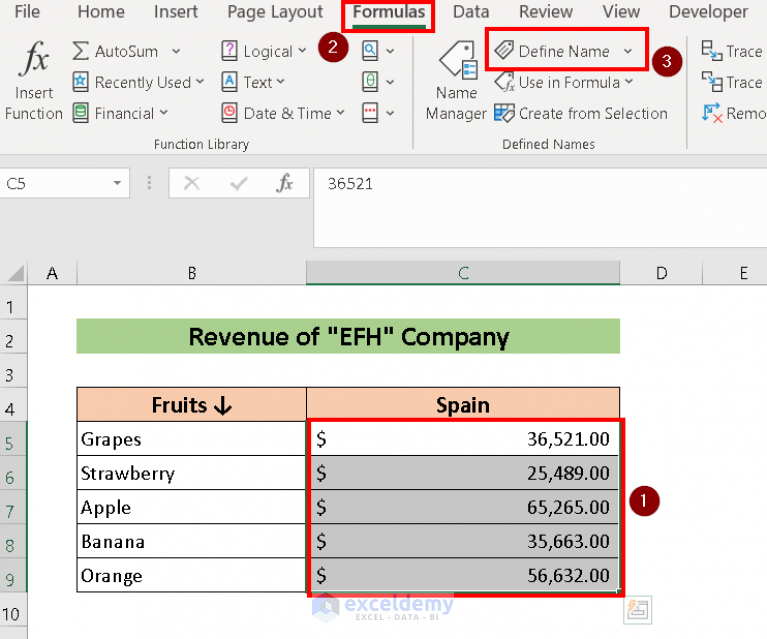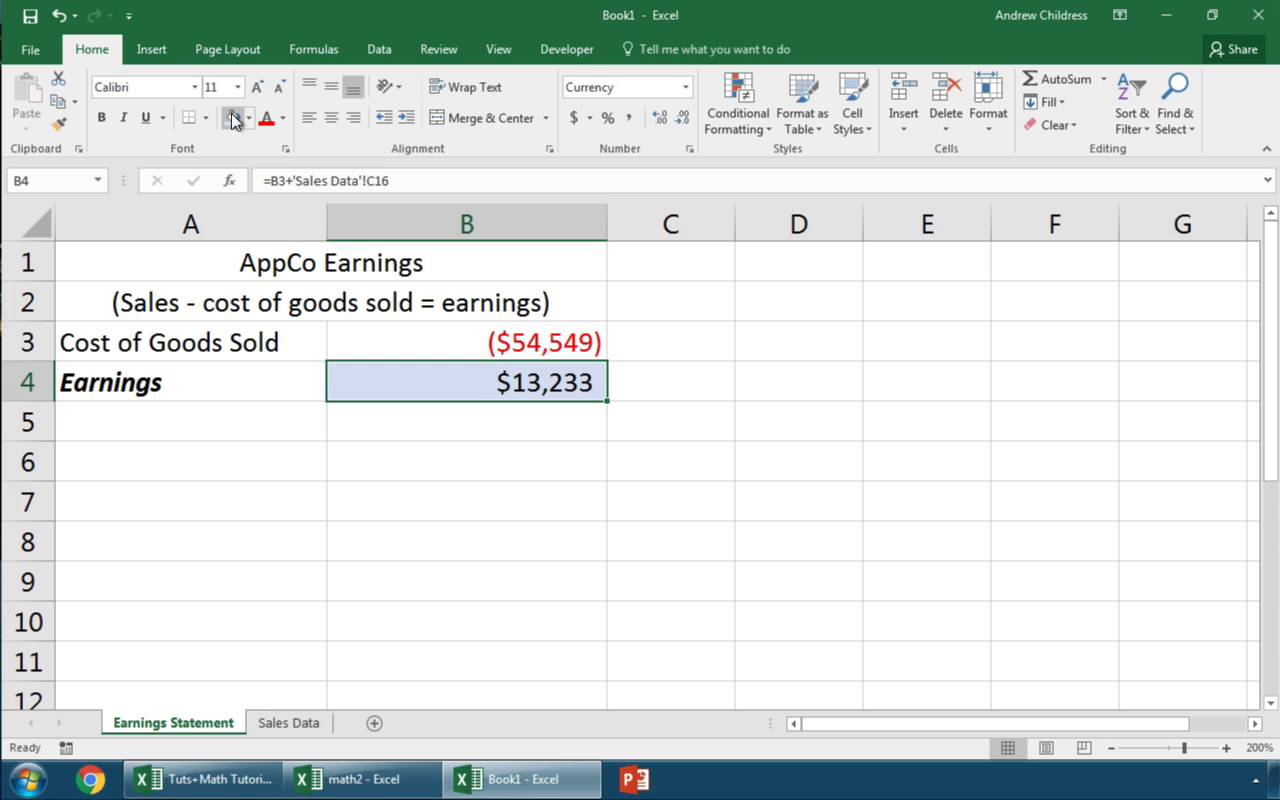5 Ways to Link Sheets in Excel Easily

In the bustling world of data analysis, Excel stands as the titan among spreadsheet software. However, managing large datasets across multiple worksheets can be cumbersome. One of the pivotal skills that can significantly enhance your Excel efficiency is linking sheets together. This capability not only allows you to consolidate and dynamically update data across workbooks but also streamlines your workflows, reducing manual entry errors and increasing productivity. Here, we'll explore five straightforward methods to link sheets in Excel that will serve as invaluable tools in your Excel toolkit.
1. Using Simple Cell References

The most straightforward way to link data between sheets in Excel is through simple cell references. Here’s how:
- Click on the cell where you want to display linked data.
- Type an equal sign (=), then navigate to the source sheet either by using the arrow at the bottom left or manually typing the sheet name.
- Click on the cell you want to reference. The formula bar will now show something like
=Sheet2!A1.
Press Enter, and the cell will display the value from the referenced cell on Sheet2. This method is ideal for simple data linking, but remember, if the source cell changes, the linked cell updates automatically.
2. Employing the VLOOKUP Function

The VLOOKUP function is one of Excel's most powerful tools for linking data based on a lookup value.
Here's how you can use VLOOKUP:
- In the destination sheet, enter
=VLOOKUP(Lookup_value, Table_array, Col_index_num, [Range_lookup]). - Lookup_value is the value you're searching for, which can be on any sheet.
- Table_array refers to the entire range of the table from which you want to retrieve data, which can also be on a different sheet (e.g.,
Sheet1!A1:B100). - Col_index_num is the column number in the table from which to retrieve the value.
- Range_lookup (optional) determines whether to find an exact match (FALSE) or an approximate match (TRUE).
💡 Note: Ensure the lookup value is unique within the table array to avoid incorrect data retrieval.
3. Utilizing Hyperlinks for Navigation

While not exactly a data-linking method, hyperlinks offer a quick way to navigate between sheets.
- Right-click on the cell or shape you want to set as a hyperlink, then choose "Link".
- In the "Insert Hyperlink" dialog box, select "Place in This Document."
- Choose the sheet you want to link to from the list, and optionally, a specific cell.
This creates a clickable link that users can use to jump to another sheet directly.
4. Data Consolidation with 3D References

If your data is spread across multiple sheets in the same workbook, 3D references can be incredibly useful. They allow you to:
- Summarize data without having to manually link each cell.
- Perform calculations across several sheets at once.
- Streamline the presentation of data.
Here's how to use them:
- Select a cell where you want to show the result, and type a function like SUM, AVERAGE, or COUNT.
- Use the following syntax:
=FUNCTION([Sheet1:Sheet5]!A1:A10). This example would sum the values in cell A1 through A10 from Sheet1 to Sheet5.
This method is particularly beneficial when you have similar data across sheets (e.g., monthly sales data).
5. Advanced Linking with Power Query

For those dealing with complex datasets, Excel's Power Query offers a robust solution for data linking and transformation:
- Access Power Query by going to the "Data" tab, then "Get Data" > "From File" or "From Other Sources".
- Load your data from different sheets or external sources.
- Use Power Query’s merge, append, or reference features to combine data.
- Once your data is linked, load the result back into Excel as a table or data model.
Power Query provides flexibility and the ability to automate data refresh, making it perfect for ongoing reports or analysis.
This comprehensive guide has journeyed through various methods to link sheets in Excel. Each technique, from basic cell referencing to the advanced features of Power Query, offers unique advantages:
- Simple cell references provide straightforward data linking with automatic updates.
- VLOOKUP is ideal for matching and retrieving specific data.
- Hyperlinks facilitate easy navigation within large workbooks.
- 3D references help consolidate similar data structures across multiple sheets.
- Power Query can handle complex datasets, offering data cleaning, transformation, and integration.
By mastering these methods, you unlock the full potential of Excel's capability to manage and analyze data across multiple sheets. Remember, the choice of method depends on the complexity of your data linking needs, the size of your dataset, and the frequency of updates required.
What are the benefits of linking Excel sheets?

+
Linking sheets in Excel allows for dynamic data updates, reduces redundancy, minimizes errors from manual data entry, and enables streamlined data management across multiple sheets or workbooks.
Can I link data from a sheet in one workbook to another workbook?

+
Yes, Excel allows you to link data between sheets in different workbooks. Use external references by including the workbook name in your formula, like =[Book1.xlsx]Sheet1!A1.
How does linking sheets improve productivity?

+
Linking sheets automates the update process, which saves time on data entry and reduces the risk of errors. It also allows for real-time analysis across datasets, enhancing decision-making and report generation.